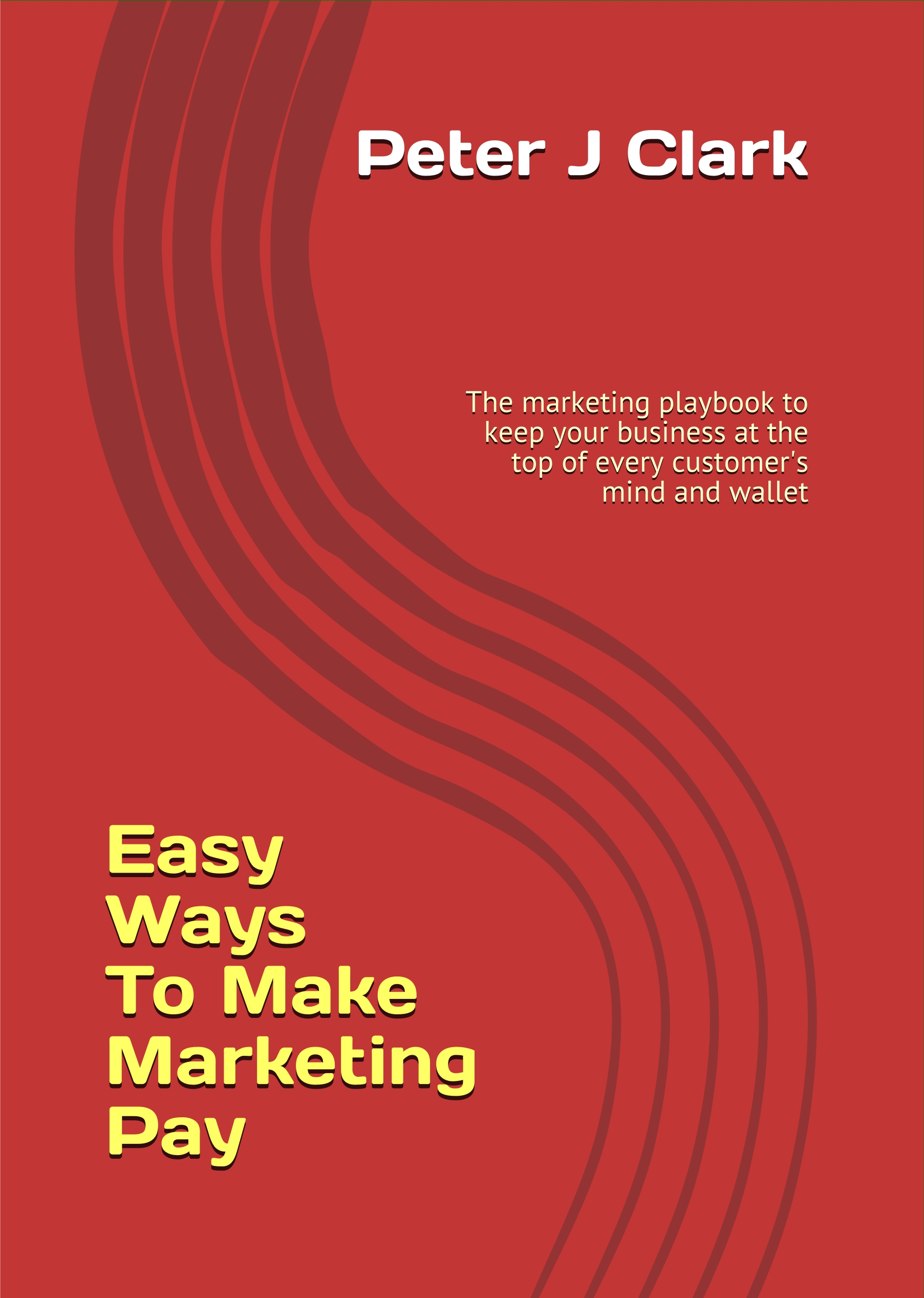Enterprises prioritise CX in today's digital-first economy
Most say 'outstanding CX' is now an important goal
Digital disruption and the pandemic both accelerated the need for digital transformation. As businesses become more digital, they quickly learn that CX is a necessary differentiator. In line with that, 88% said that delivering an outstanding CX is an important goal, but slightly more (90%) are challenged to deliver it, according to a report from Mendix.
The two most common obstacles are cybersecurity (49%) and data integration (42%), which the major low-code platforms are addressing head-on.
"Customer experience quality is critical for digital brands because the competition is only a couple of clicks or swipes away," said Johan den Haan, CTO of Mendix. "Unfortunately, IT organizations are so steeped in technical debt - particularly with the developer shortage - that there just isn't enough time to innovate and tackle the backlog. Using low-code, companies can easily modernize legacy apps and deliver exciting, new experiences that take advantage of alternative reality, virtual reality, hyper-personalization and hyper-automation."
Customers are frustrated by long waits or response times (28%) and unresolved issues (27%), so many organizations (63%) are attempting to improve customer communication and make digital choices easier with the goal of increasing customer retention and loyalty. Some 38% expect to see top-line revenue growth as a result.
AI and automation are being used to improve CX by providing faster responses to customer queries. Already, 29% are employing chatbots and virtual assistants. A whopping 93% are using or planning to use AI. One of the key AI use cases is hyper-automation, which Gartner defines as, "a business-driven, disciplined approach that organizations use to rapidly identify, vet and automate as many business and IT processes as possible." In fact, Gartner expects hyper-automation will be one of the top three drivers of low-code adoption through 2022.
Nearly half expect to be improving their mobile experiences this year, which suggests the need to provide omnichannel experiences across modalities. Personalization and predictive analytics are expected to grow in the next five years in response to heightened demand for tailored online experiences. Given the massive amount of data it requires and the application responsiveness necessary to deliver a mobile experience, hyper-automation takes advantage of AI to do a quick analysis of who the customer is, what their preferences are and the means by which they're accessing the application, such as via a smartphone or a laptop. Hyper-automation will be required to enable hyper-personalization, which tailors the CX to the individual. According to Deloitte, "Hyper-personalization is the most advanced way brands can tailor their marketing to individual customers. It's done by creating custom and targeted experiences through the use of data, analytics, AI and automation."
Customer experience is also becoming more immersive. Although augmented or virtual reality environments are used by a third of organizations, they are planned by almost half, furthering the adoption of omnichannel approaches to create holistic experiences.
Low-code helps organizations drive more value
Many organizations are saddled with aging technology that remains mission-critical. A whopping 80% of respondents said low-code provides an efficient way to redesign CX because more can be accomplished with fewer resources.
Low-code is a more effective way of modernizing aging legacy systems because it accelerates software development and reduces costs. Importantly, low-code provides a means of integrating with legacy and other systems, so new functionality can be added to aging applications while maintaining the application's integrity. At the present time, 52% are spending the majority of their budget maintaining systems and only 14% are prioritizing innovation as a budget line item.
One-third are already using low-code to scale application development, which is a critical capability for any digital business.
Sadly, few organizations are getting CX right, as evidenced by a whopping 94% who report at least one pitfall, the most common of which is CX silos (28%) that prevent collaboration across teams and hinder effective data usage.
The developer pool is expanding
Nearly a third of organizations struggle to find and retain developers or UX designers, which is a symptom of the global developer shortage. Most organizations plan to realize their CX goals using in-house employees with existing IT skills (61%) and training their existing staff (48%). This suggests that pressure on IT departments continues to increase as digital experiences evolve across web and mobile platforms.
In fact, Gartner expects by 2024, 80% of technology products and services will be built by those who are not technology professionals.
"Today's organizations are not just solving point problems with low-code. They're building out their low-code strategies so they can deliver better CXs, reduce development costs and backlogs and operate more efficiently," said den Haan. "This research demonstrates that low-code has become a strategic part of every company's tech stack."
The report was commissioned by Mendix and conducted by market research firm Reputation Leaders in November and December 2021. It was based on a survey of 522 senior IT professionals in Belgium, France, Germany, the Netherlands, UK and US. Just under a quarter (23%) hold C-level positions.
Sources: Mendix / The Marketing Factbook.
Copyright © 2022 - 2025 The Marketing Factbook.
Categorised as:
- Customer Experience
- Customer Loyalty
- Knowing The Customer
- Marketing Know-How
- Marketing Technology
